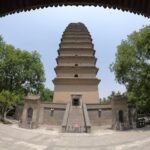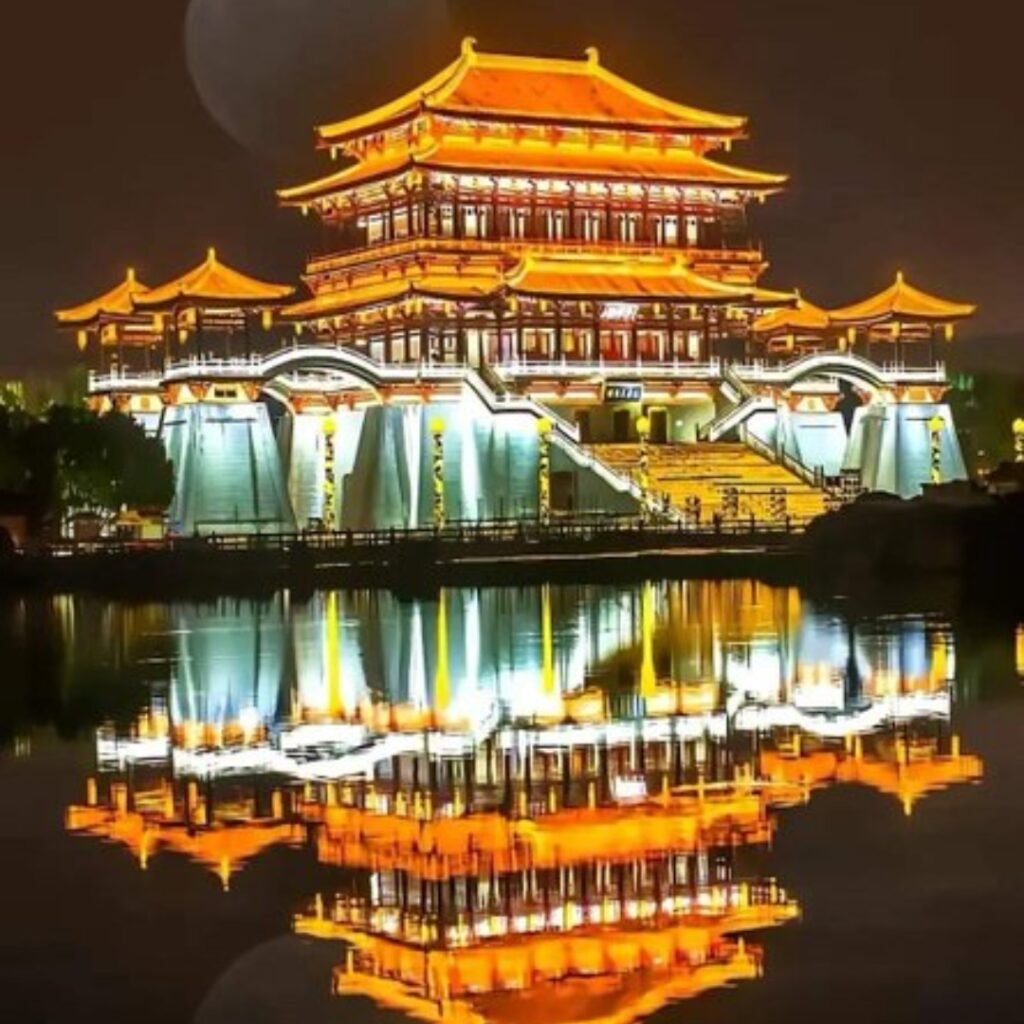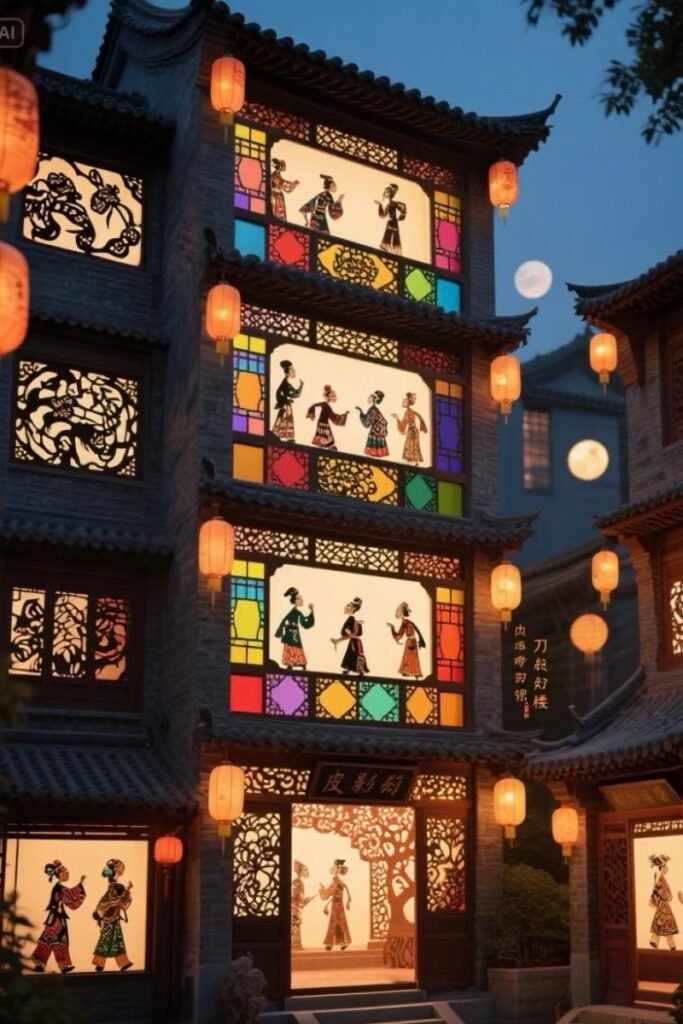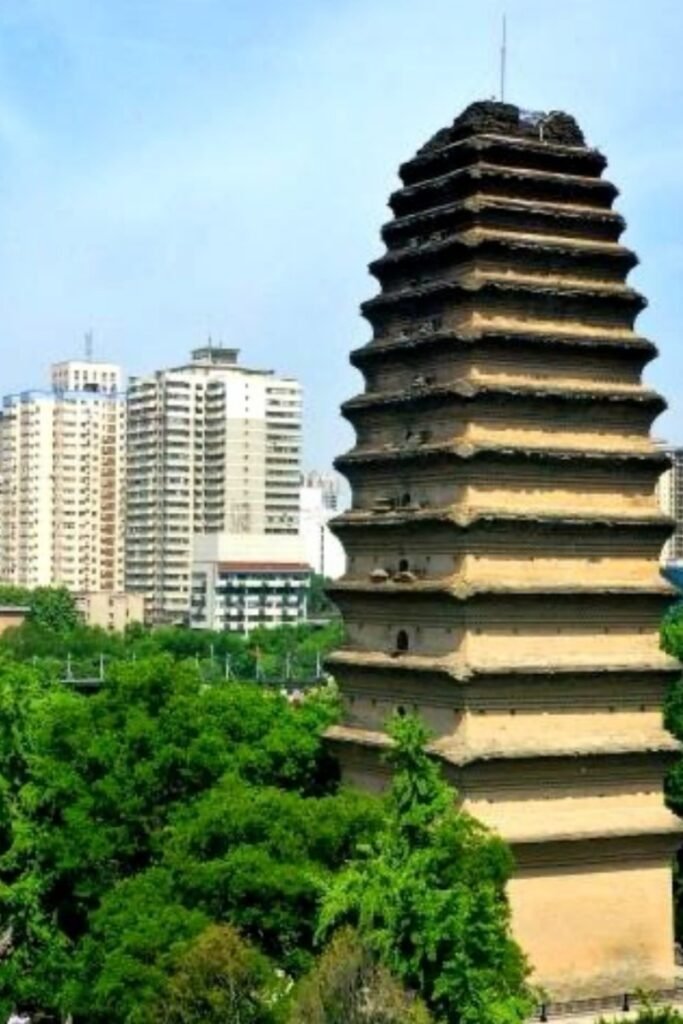Xi'an
As one of China’s most ancient capitals, Xi’an boasts over 3,000 years of history and served as the capital of 13 dynasties.
It is the eastern terminus of the Silk Road and home to countless cultural treasures.
Here, you can witness the awe-inspiring Terracotta Army, stroll along the towering ancient city wall, and admire the elegance of the Big Wild Goose Pagoda.
Xi’an isn’t just about history—it’s a vibrant city of culture, food, and everyday life.
From the delicious aromas of Muslim Quarter street food to the dazzling night lights of the Grand Tang Dynasty Evernight City, Xi’an offers an unforgettable experience for every traveler.
Come and enjoy a rich cultural journey where you’ll taste authentic Northwest Chinese cuisine, explore iconic heritage sites, and discover how tradition and innovation coexist in this fascinating city.
KOWN
BEFORE
YOU GO.
BEST
TIME
TO
Visit
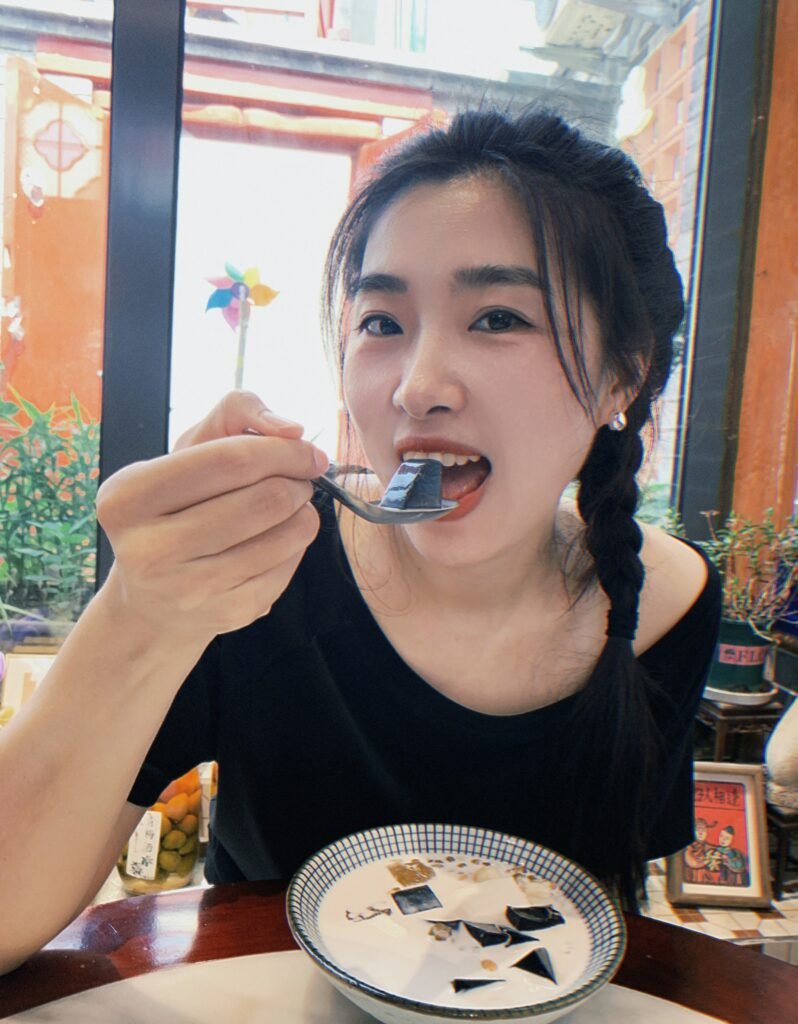
WHAT TO EXPECT
📚Language
Mandarin Chinese is widely spoken.
Major tourist spots have some English signage.
- Translation apps: Google Translate, Baidu Translate, Microsoft Translator,etc.(Recommended Translation Apps in China)
💵Currency
China uses Renminbi (RMB) with units Yuan (¥) or Kuai (块).
Cards & e-payments dominate, but carry small cash for street food, temples, or rural markets.
📱Payments
- Alipay / WeChat Pay are KING!
International credit cards (Visa/Mastercard) work in hotels/large stores but may fail in small shops. - Cash is accepted everywhere but not always preferred. (How to pay easily in China)

- Xi’an is generally safe and tourist-friendly.
- Avoid overpriced souvenirs in tourist traps.

Food are super affordable: Most local eats cost ¥5–20,
Street food is king: Skip overpriced tourist traps—roujiamo (meat sandwich), liangpi (cold noodles), and yangrou paomo (lamb soup with bread) are cheap and authentic.
Use the metro or Didi: Xi’an’s subway is clean and efficient.Buy a 24-hour metro pass for just ~$2 USD. Download Didi, China’s Uber—it has an English interface.

Spice level warning: Xi’an cuisine is bold! If you’re sensitive, ask for “少辣” (shǎo là = less spicy) or “不辣” (bù là = no spice).
Respect prayer times: In Muslim areas, avoid entering mosques during Friday midday prayers.
Xi’an has a warm temperate semi-humid continental monsoon climate with four distinct seasons, a mild climate and moderate rainfall.
✔ Spring (March to May)
Pleasant temperatures and blooming flowers make this one of the best seasons to visit. It’s a great time for outdoor sightseeing, such as biking along the city wall or walking through historical gardens.
✔ Summer (June to August)
Hot and humid, with average highs around 30°C (86°F). Rainfall increases during the “plum rain” season. It’s best to explore indoor sites like museums or visit in early morning or evening to avoid heat.
✔ Autumn (September to November)
The best overall season: clear skies, crisp air, golden foliage. Perfect for climbing Mount Hua or enjoying scenic walks along tree-lined boulevards. Be aware of peak crowds during China’s National Holiday (early October).
✔ Winter (December to February)
Cold and dry, but less crowded. Snow sometimes dusts the ancient rooftops, creating magical photo opportunities. Ideal for hot spring experiences at Huaqing Palace. Bring warm clothing and expect temperatures near freezing.
TRAVEL GUIDE
Bucket List Experiences
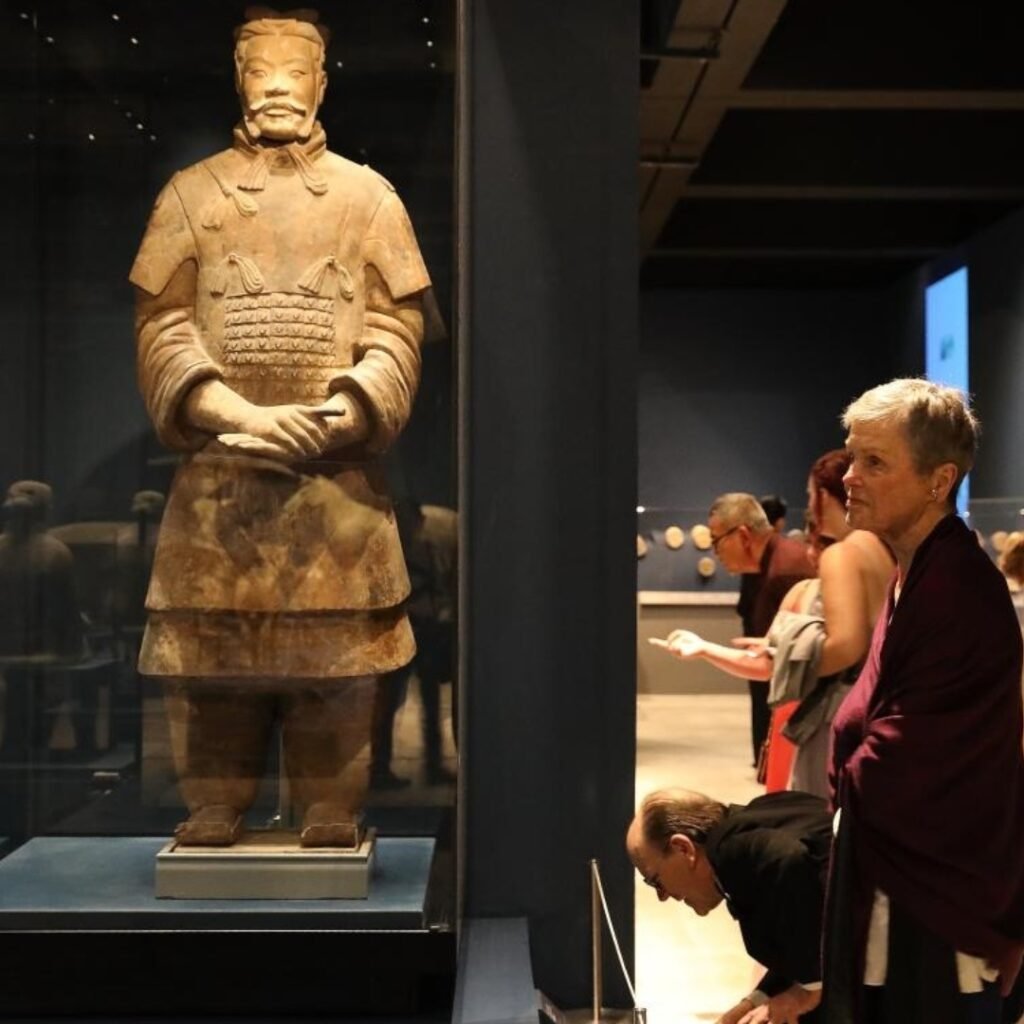
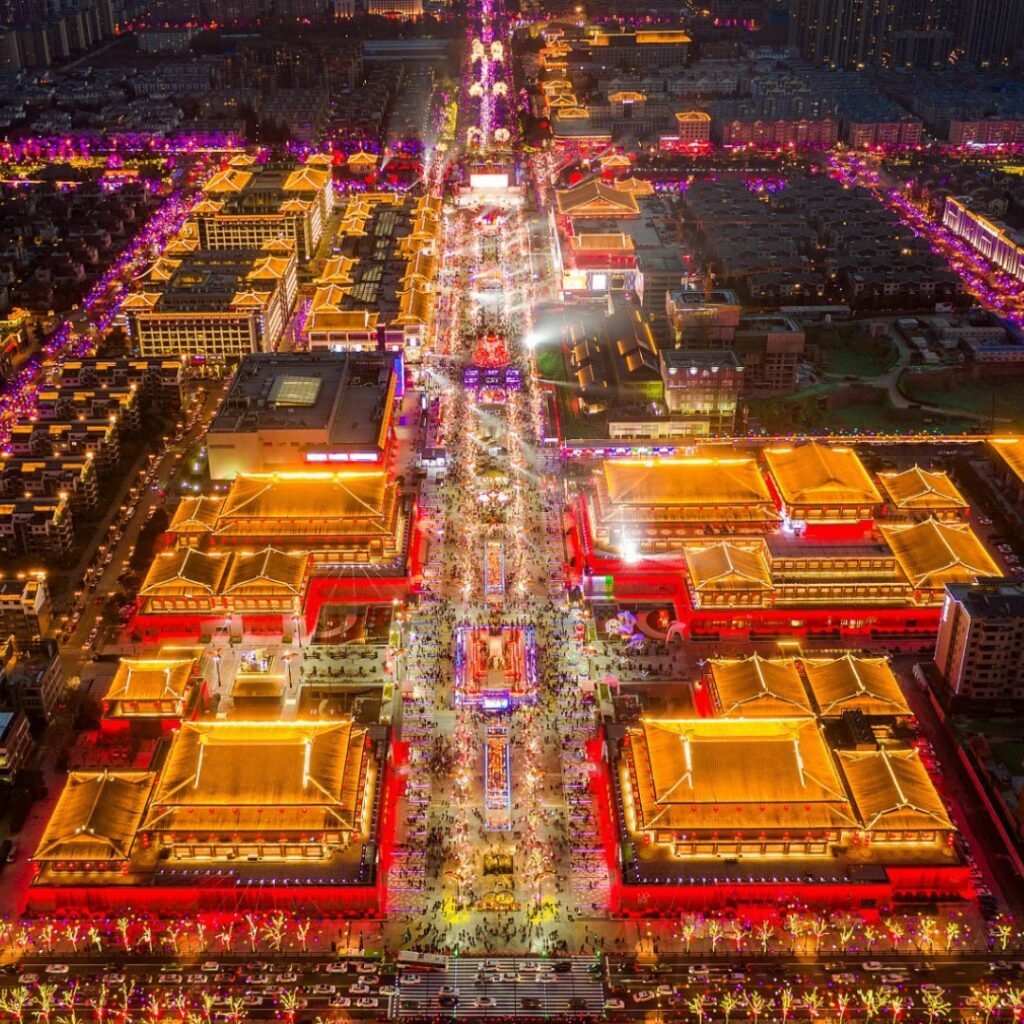
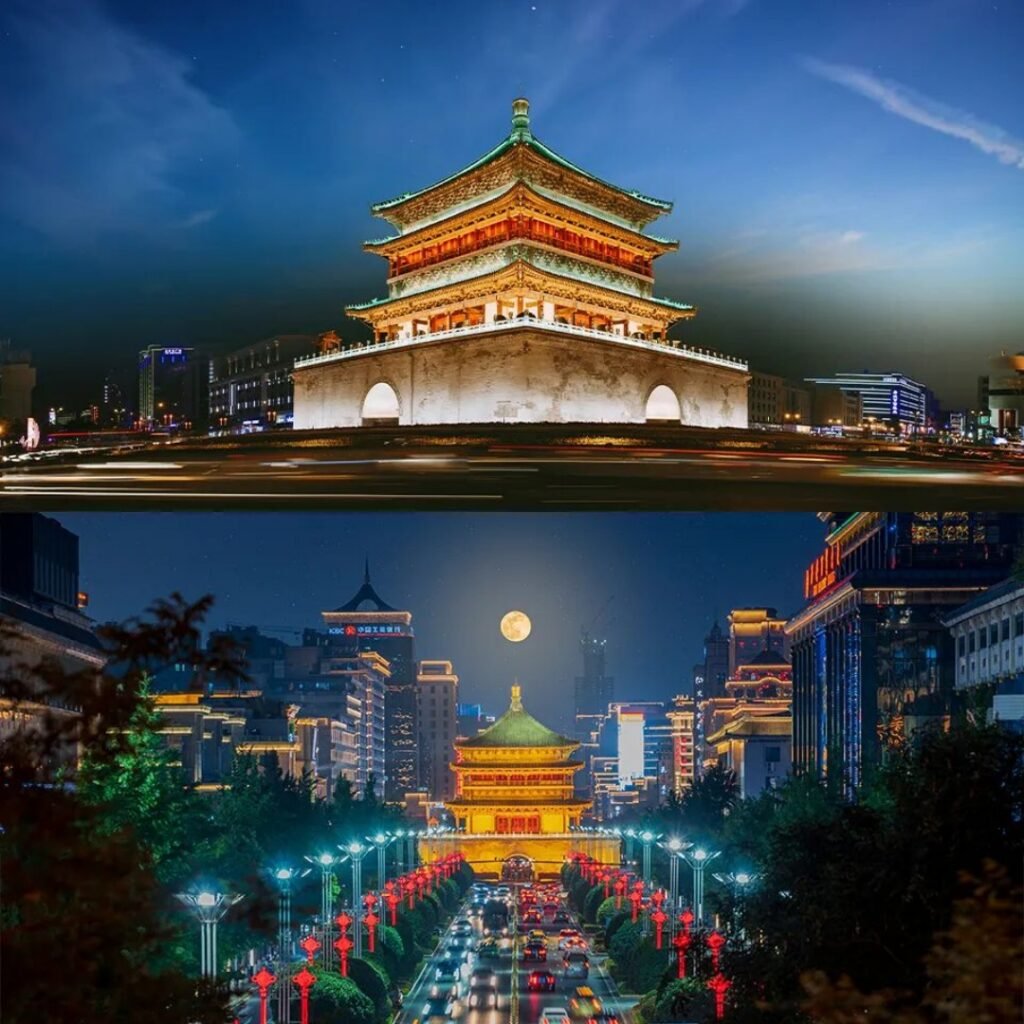
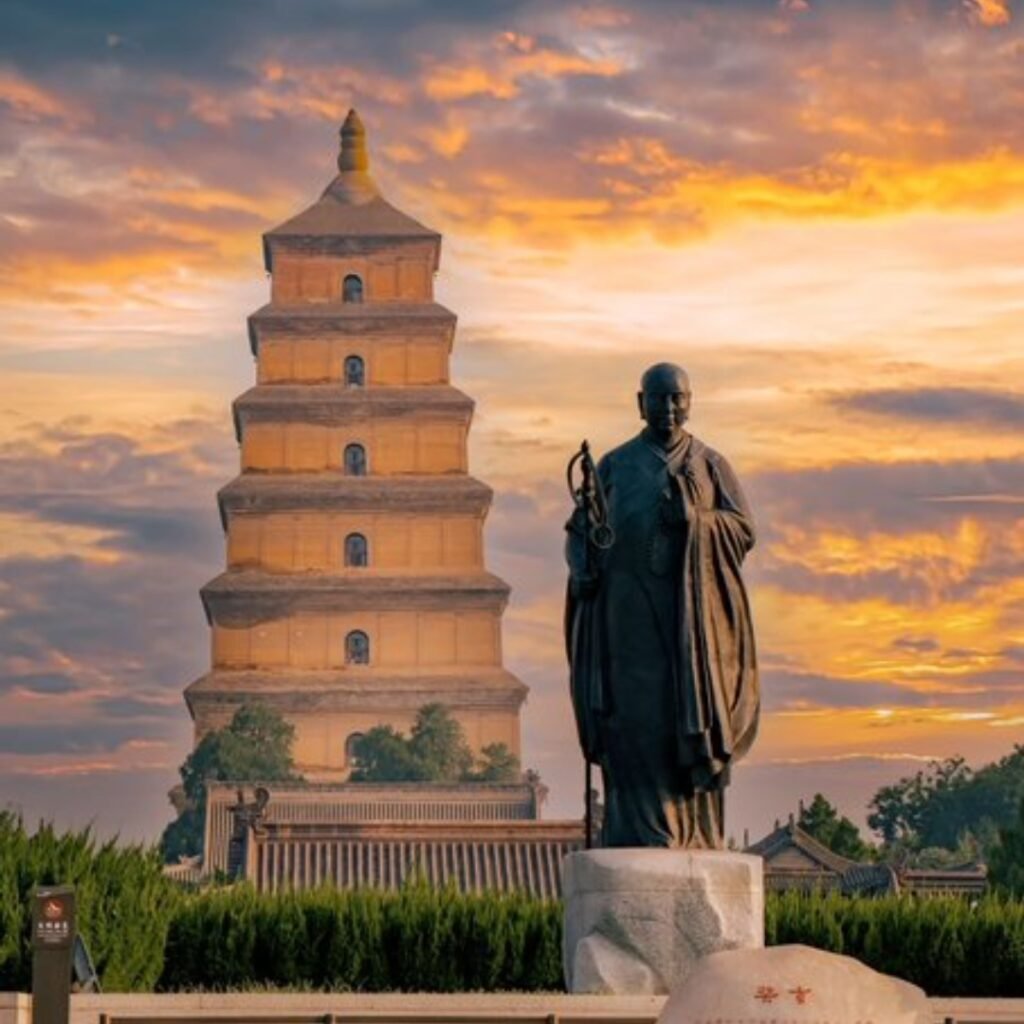
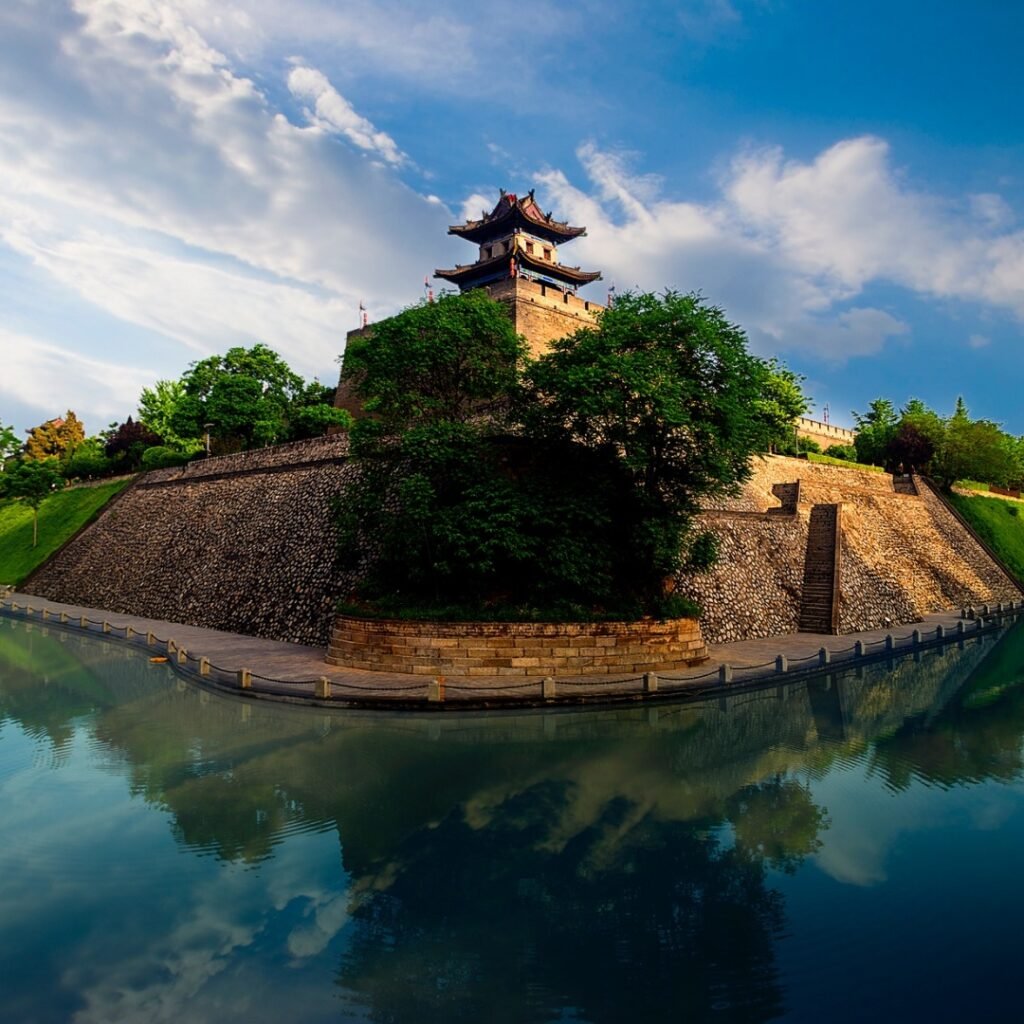
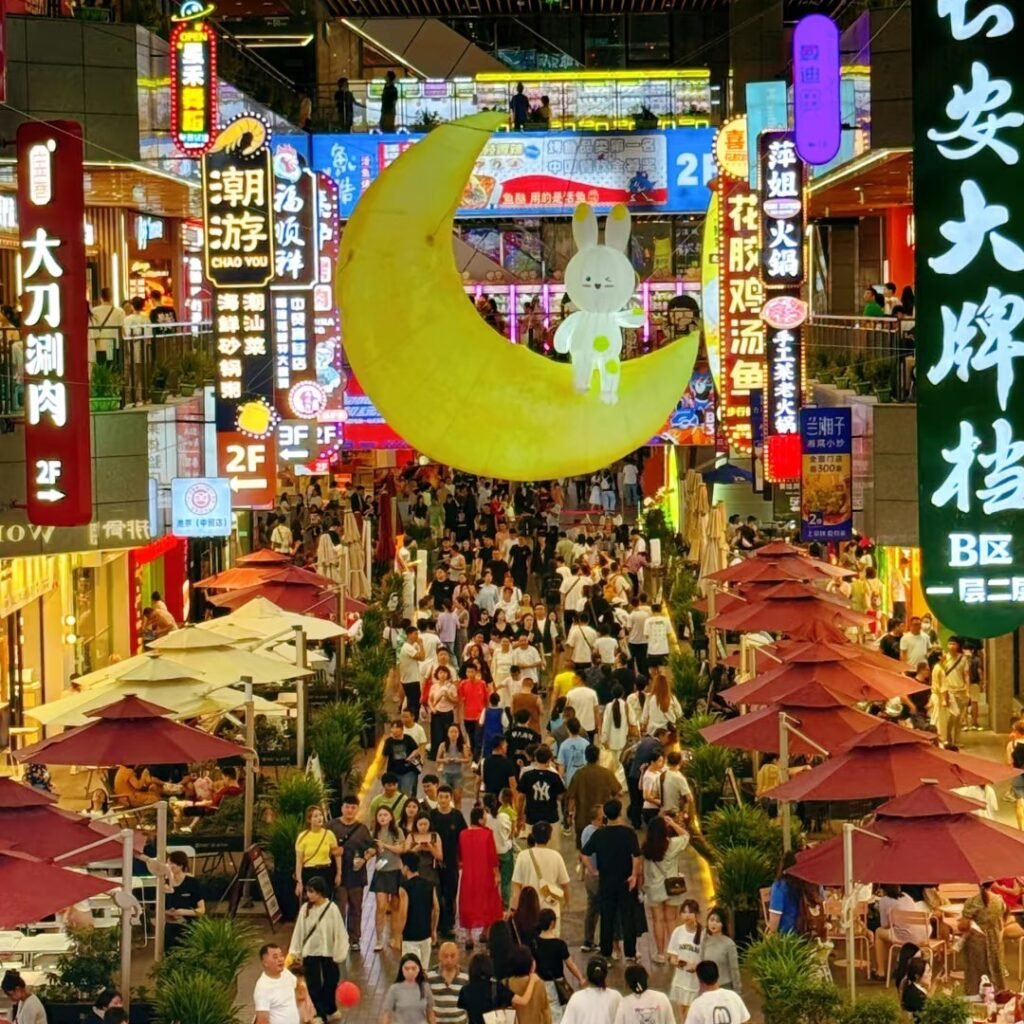


MY FAVORITE
POPULAR ARTICLES
